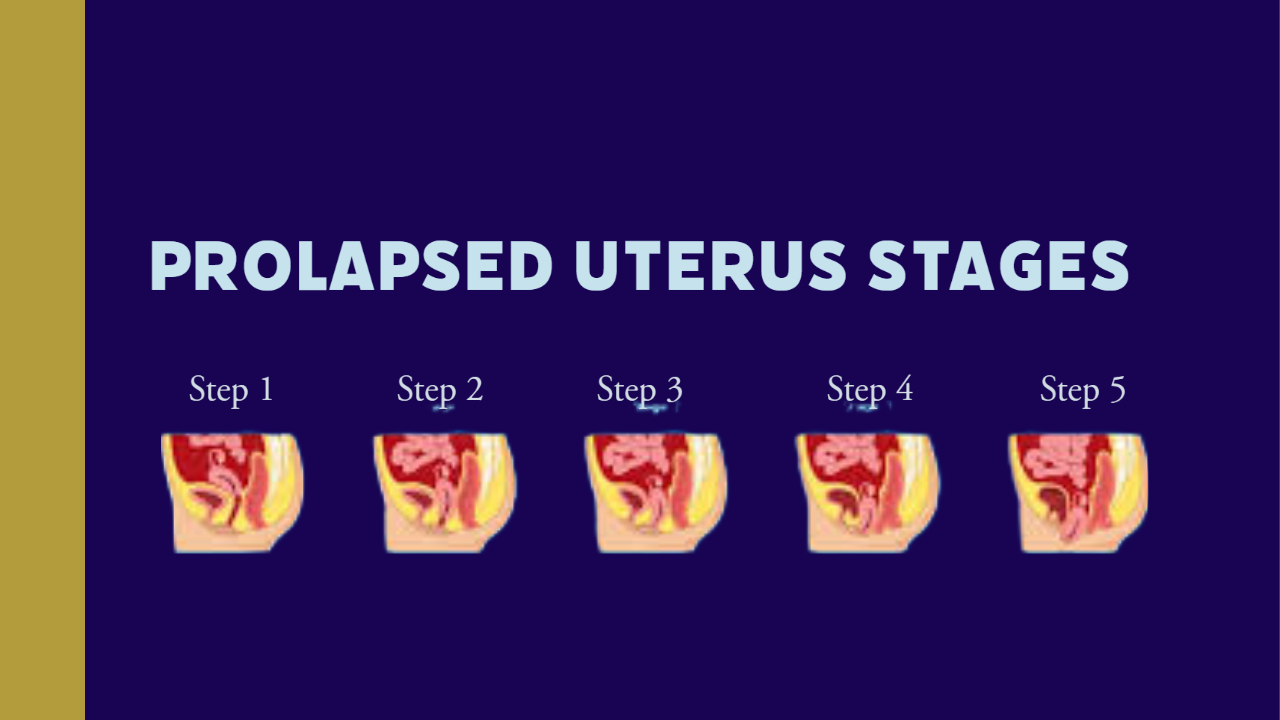When the muscles and tissue in a woman’s pelvis weaken it can lead to a prolapsed uterus or Uterine prolapse. The weakness causes the uterus to fall into the vagina and even in some women comes through the opening of the vagina. It is more common in women of a certain age, between 50 and 79, almost half of women have experienced it. Here is a closer look at some of the risk factors, the causes and the symptoms.
Causes and risk factors of a Uterine Prolapse
As mentioned the cause of this is when there is a weakening in the tissue and muscles and they are no longer able to hold the uterus because it is too heavy. Things that put a woman more at risk of this happening include;
- Going through the menopause
- Having a vaginal birth is the highest risk factor
- Caucasian women are more at risk
- Being overweight
- Smokers are also more at risk
Signs and symptoms you might see
A lot of women with this condition do not even know they have it as they have no symptoms. However, if there are signs to spot, they could include;
- Not being able to properly empty your bladder
- Having lower back pain
- Leaking urine
- Having a feeling of fullness or heaviness in the bladder
- Being constipated
- Having pressure or aching in the pelvis or lower abdomen
- Having bulging in the vagina
Things you can do to prevent a prolapsed uterus
While there is no one definite way you can prevent uterine prolapse, there are things you can do to lower the risk such as;
- Have a diet high in fibre to prevent straining and constipation
- Do not lift anything that is too heavy
- If you are overweight, lose some weight and exercise more
- Stop smoking if you are a smoker
- If you have a chrnoic cough get treatment so that you are not putting extra pressure coughing
- Perform Kegels daily to keep your muscles strong
- Have regular pelvic exams with your doctor to detect it early
Diagnosis and treatment
In order to give you a diagnosis they will need to give you a physical exam of your pelvis. They might also do a cystoscopy to look at your urethra and bladder and do an MRI. If you are uncomfortable, or the symptoms are affecting your daily life and quality of life then you should talk to your doctor about options for treatment. If you have a prolapsed uterus there are also things you can do to help such as making certain lifestyle changes like weight loss and no longer smoking.
Kegel exercises can really help as well. This is where you squeeze the muscles down there the way you do when you are trying to control your urine flow. Hold it for up to 10 seconds and then release and try to do around 50 daily. Your doctor might insert a pessary. This is a device that helps with support. There is also the options of having a hysterectomy to remove the uterus.

